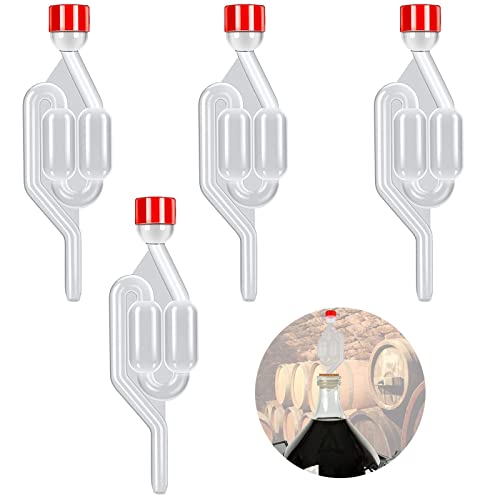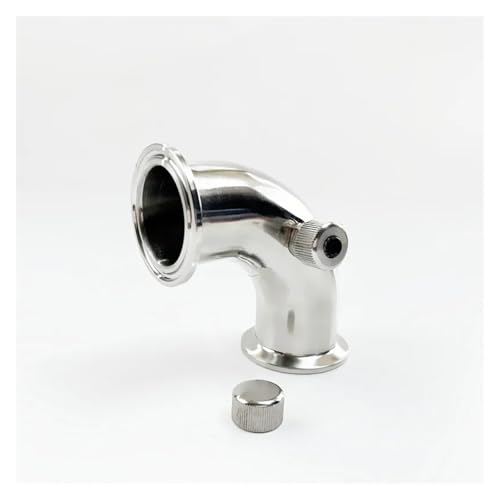I currently have 20L of a Hazy IPA cold crashing in a fermzilla which I need to bottle. I intend to batch prime by dissolving sugar in a small amount of boiling water and after cooling add to a second Fermzilla purge with CO2 and then close transfer the beer on top trying to avoid any oxygen pick up. I will then bottle as usual with a duo tight bottle filler. However I am unsure how much priming sugar to use as I am aware that the calculations are temperature based and whilst it was fermented at 19°c it is now down to 2°c and I also added CO2 to the fermenter before cold crashing to prevent the fermzilla collapsing.
Brewers friend calculator suggests that there is double the amount of dissolved CO2 in a beer at 19° and that at 2°c. I understand that there are many variables but would like to canvass other people opinions before I carry on
Brewers friend calculator suggests that there is double the amount of dissolved CO2 in a beer at 19° and that at 2°c. I understand that there are many variables but would like to canvass other people opinions before I carry on






























![BREWING THERMOMETER STICKERS ACCURATELY MONITOR FERMENTING BEER & WINE LIQUID TEMPERATURES 5PCS HOME BREW SPIRITS WINE LCD ADHESIVE [US]](https://m.media-amazon.com/images/I/311DDjo2X3L._SL500_.jpg)










